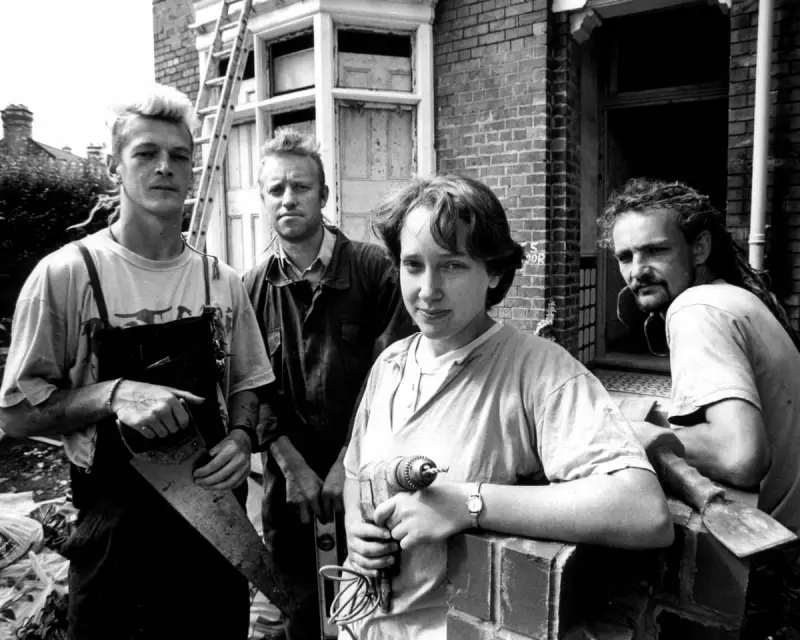
In the midst of 1980s Hull, a city grappling with the profound social and economic shifts of the Thatcher era, a radical experiment in community living took root. This is the story of the Giroscope housing cooperative, a bold initiative that offered a very different vision for Britain's future.
A Defiant Response to a National Crisis
As policies like the Right to Buy began to reshape the nation's housing landscape, a group of determined activists in Hull saw a crisis unfolding. They witnessed a city scarred by unemployment and a growing number of derelict, boarded-up houses standing as monuments to decline. Rather than accept this fate, they decided to act.
Their solution was both simple and revolutionary: take these abandoned properties, which the council often deemed worthless, and bring them back to life through sheer collective effort. Giroscope was born not from government grants, but from a powerful DIY ethos and a shared belief in community empowerment.
The Giroscope Model: Sweat Equity and Solidarity
The cooperative's model turned conventional housing on its head. Members, often young and unemployed, would volunteer their labour to renovate a property. In return, they weren't given a handout, but a hand-up: a safe, affordable place to live and a stake in a community.
This was 'sweat equity' in its purest form. The work was hard, the conditions were basic, but the reward was immense—dignity, stability, and a powerful sense of belonging. It was a direct challenge to the prevailing individualistic spirit of the age, prioritising cooperation over competition.
More Than Just Bricks and Mortar
Giroscope's impact stretched far beyond providing roofs over heads. It became a vital support network, offering training and valuable skills in construction and maintenance. For many members, it was a lifeline during a period of profound personal and economic uncertainty, fostering resilience and self-reliance.
The project stood as a tangible, working alternative to the top-down policies of the time. It proved that communities could effectively organise themselves to solve local problems, demonstrating a potent form of grassroots activism that was both practical and ideological.
A Legacy That Endures
Decades later, the story of Giroscope's early days is more than a nostalgic look back at a bygone era of protest. It serves as a crucial case study for today, as the UK once again confronts a severe housing affordability crisis.
The cooperative's enduring existence proves that community-led, not-for-profit models are not just viable but essential. In an age still dominated by market-driven solutions, Giroscope’s legacy is a powerful reminder that the values of cooperation, collective action, and social justice can create lasting change, one house at a time.





